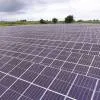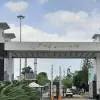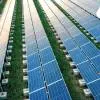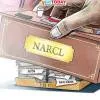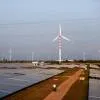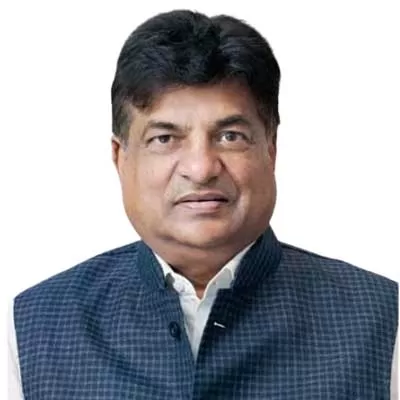
Hi-Tech Pipes: Doubling its Capacity to 2 Million Tonne By 2028
Read full article
CW Gold Benefits
- Weekly Industry Updates
- Industry Feature Stories
- Premium Newsletter Access
- Building Material Prices (weekly) + trends/analysis
- Best Stories from our sister publications - Indian Cement Review, Equipment India, Infrastructure Today
- Sector focused Research Reports
- Sector Wise Updates (infrastructure, cement, equipment & construction) + trend analysis
- Exclusive text & video interviews
- Digital Delivery
- Financial Data for publically listed companies + Analysis
- Preconceptual Projects in the pipeline PAN India

Indian REITs Offer 6-7.5 per cent Yield, Surpassing Many Global Markets
Indian Real Estate Investment Trusts (REITs) are delivering average yields of 6–7.5 per cent for unitholders, outperforming many mature markets, including the US, according to a report by Credai and Anarock.Credai, the apex body of Indian real estate developers, and property consultant Anarock released the report Indian REITs – A Gateway to Institutional Real Estate at an event in India.Currently, India has five listed REITs – Brookfield India Real Estate Trust, Embassy Office Parks REIT, Mindspace Business Parks REIT, Nexus Select Trust, and Knowledge Realty Trust. Nexus Select Trust pr..
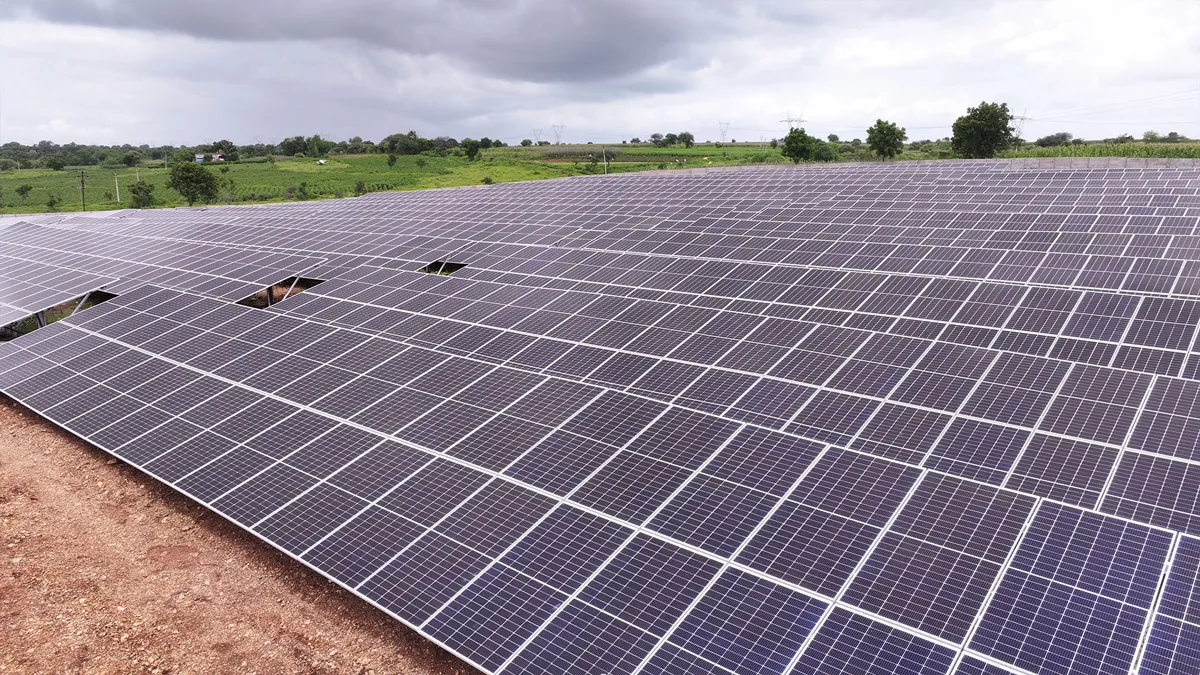
Insolation Energy Wins 226 MW Solar Projects Under PM-KUSUM
Insolation Energy on Monday announced securing multiple solar projects totalling 226.45 MW, with an investment of Rs 7.5 billion, under the PM-KUSUM scheme. The orders were awarded to its wholly-owned subsidiary, Insolation Green Energy Pvt Ltd, by Jaipur Vidyut Vitran Nigam Limited for 20 sites and Ajmer Vidyut Vitran Nigam Limited for 115 sites, the company informed the exchanges.“The combined SPV solar power plants will total 226.45 MW under PM-KUSUM Component A, with the final levelised tariff at Rs 3.04 per unit for 16 sites, Rs 2.82 per unit for 5 sites, Rs 2.75 per unit for 53 sites, ..

Numaligarh Refinery Awards EPC Contract for Rooftop Solar Projects
State-owned Numaligarh Refinery Ltd. (NRL) has awarded a Letter of Award to Solarium Green Energy Ltd. for the rate contract covering the Engineering, Procurement, and Construction (EPC) of grid-connected rooftop solar PV projects at various locations. The projects fall within the categories of 51–200 kW and 201–1000 kW. Notable projects include a 140 kW rooftop solar plant at NRL Assam, a 760 kW plant at NRL Assam, and a 280 kW plant at NRL West Bengal.The supply order covers ex-manufacturing works and the dispatch price for plant and equipment for the 140 kW, 760 kW, and 280 kW rooftop s..





